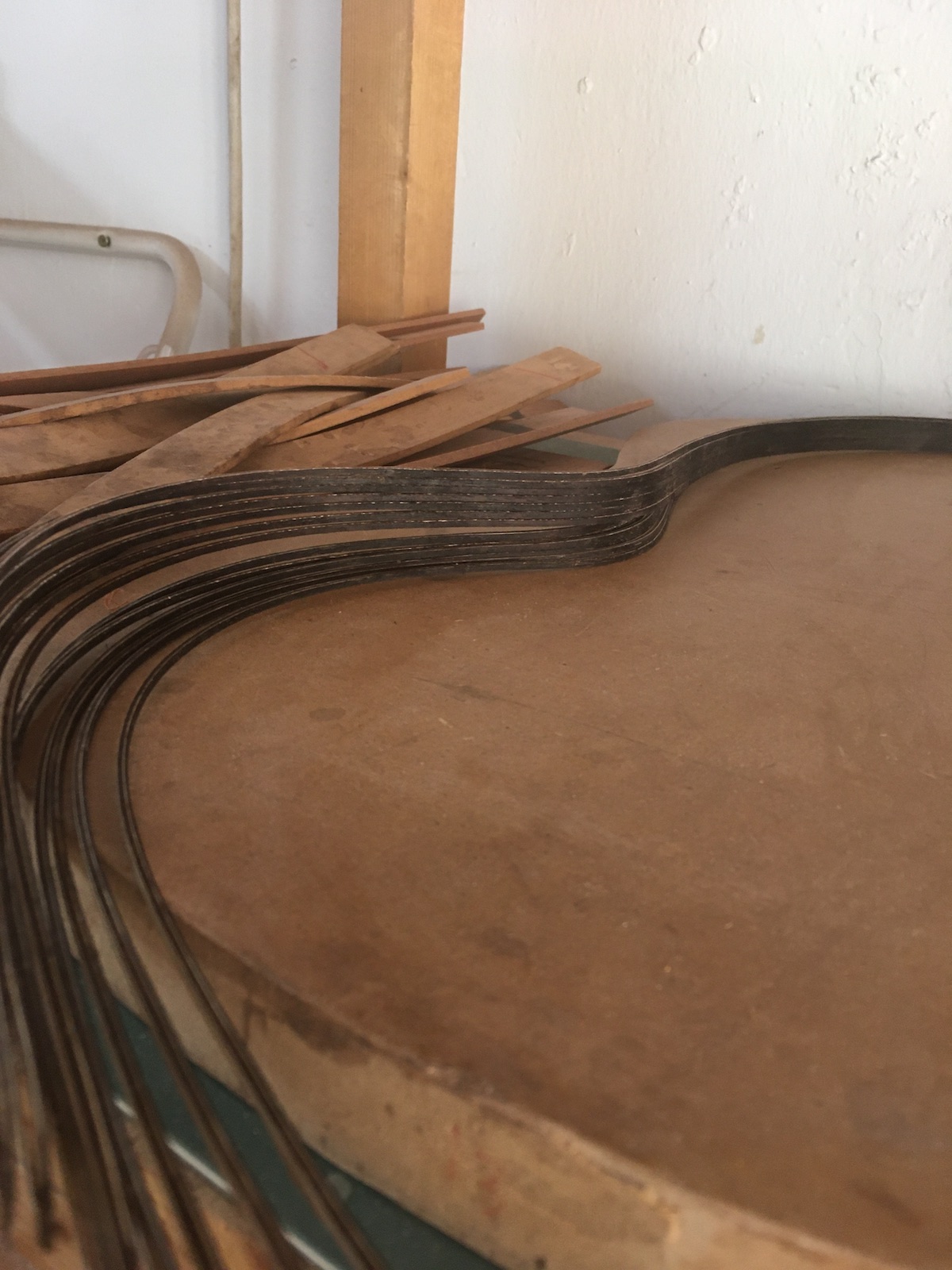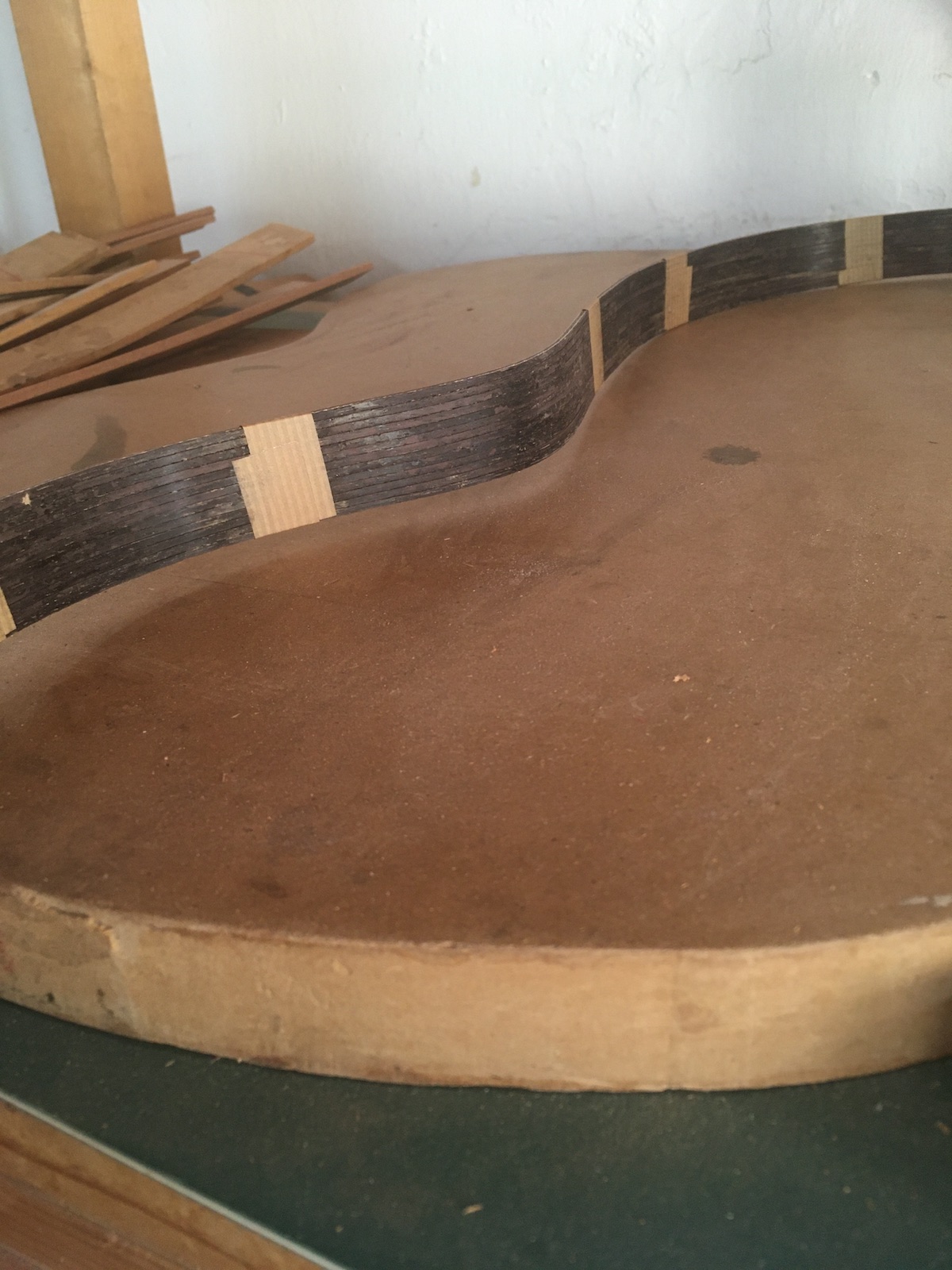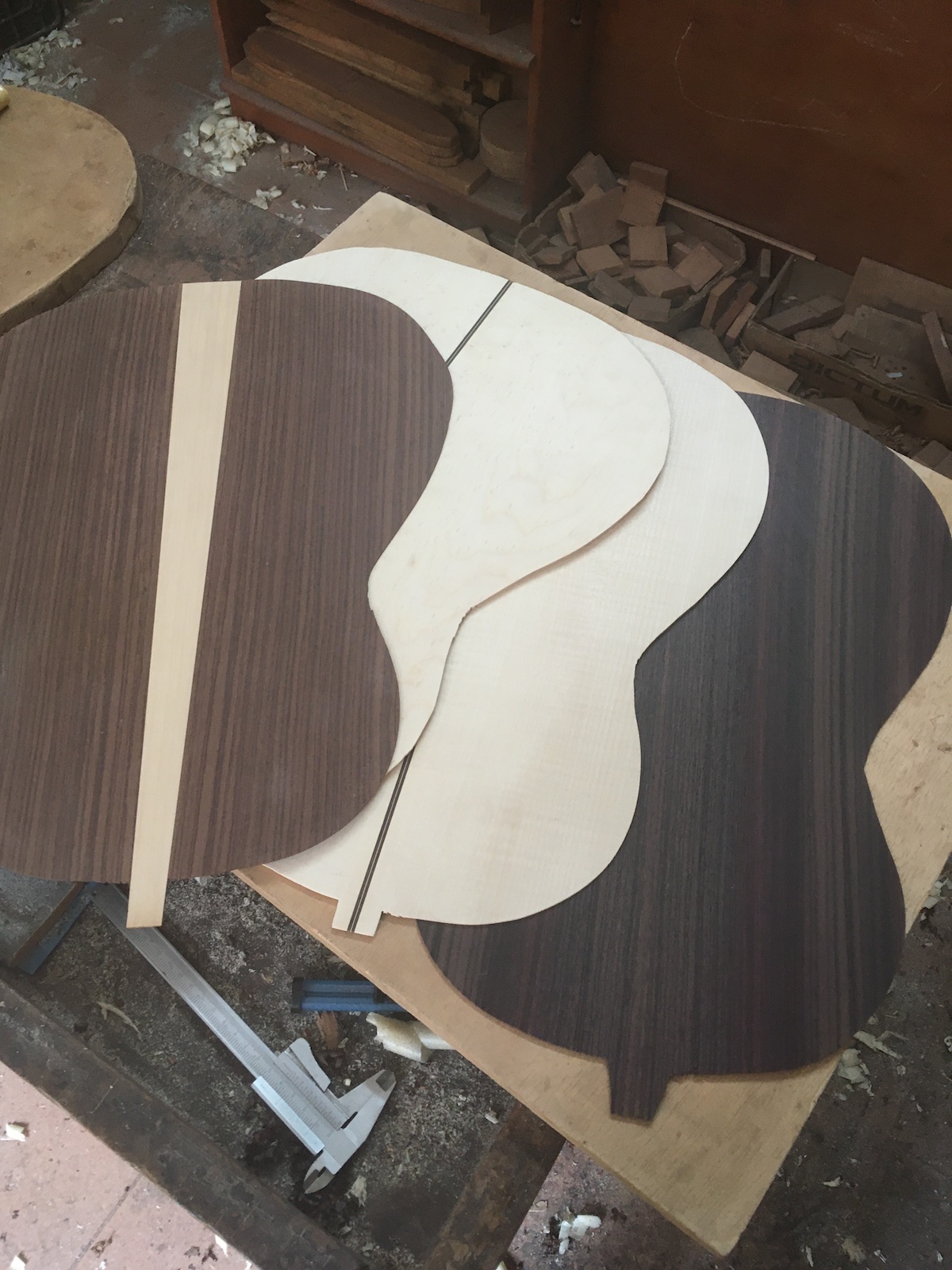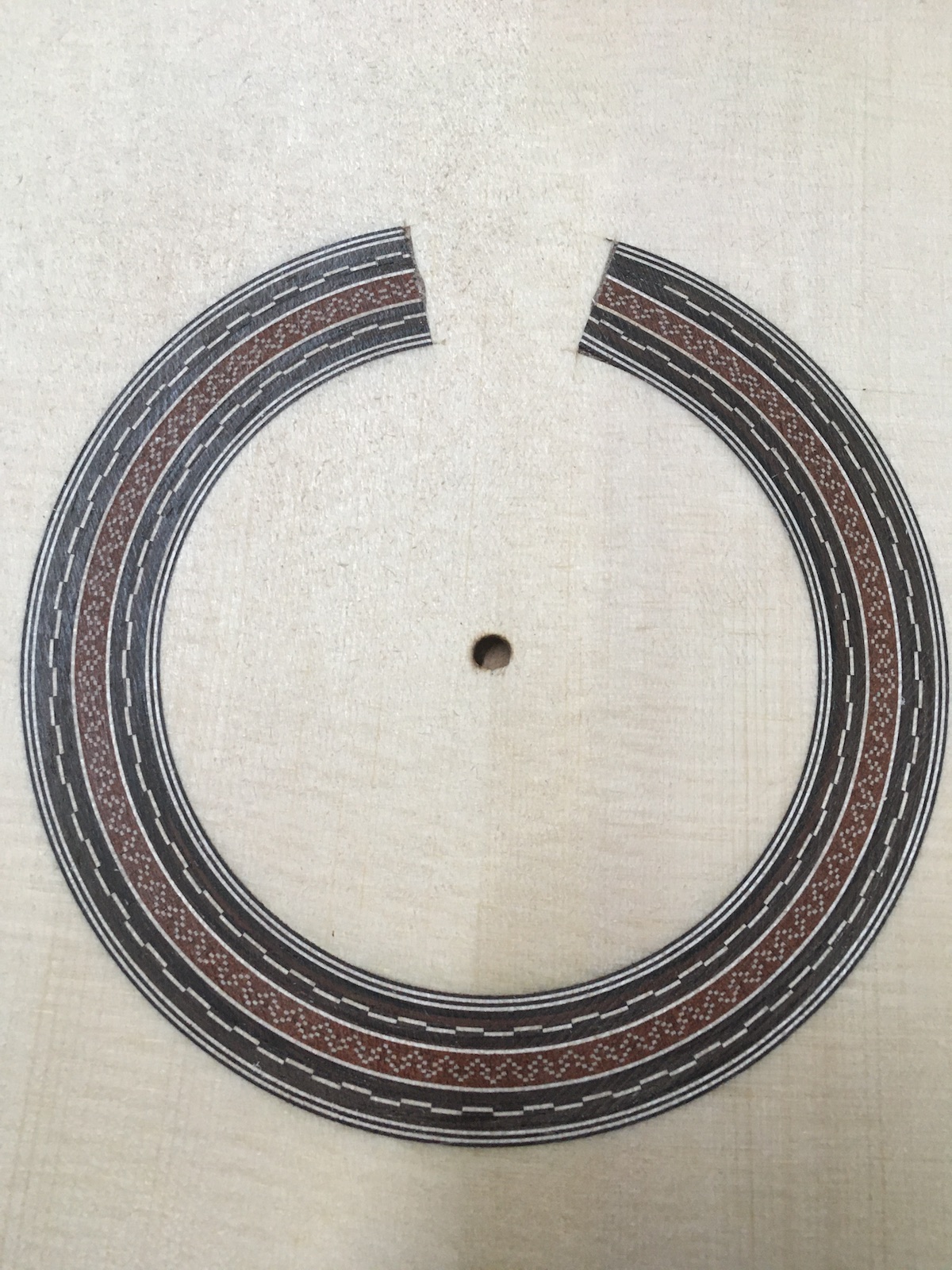The Granada tradition of guitar-making is a very important one and I have tried to encourage and contribute to documentation of it. I just received a copy of the latest edition of Romanillos’ book about Antonio de Torres and would like to share the quote that supports one of Granada’s claims to fame. The text comes from a letter written by a friend of Torres to Francisco Rodríguez Torres in 1931.
“In his youth don Antonio moved to Vera where he learned the carpenter’s trade and where he married at the age of 23 with a sister of the paternal grandfather of the present parish priest, don Alfonso López Sánchez, and they had a daughter. Soon after becoming a father, he went to Granada where he made his first guitar, and he was very content to achieve his wish. Subsequently he moved to Sevilla where he took up residence. In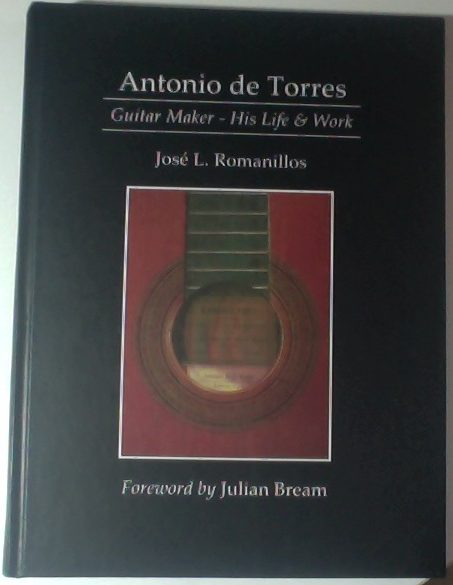 that city he was married for the second time and the celebrated concert artist don Julián Arcas was his best man.”
that city he was married for the second time and the celebrated concert artist don Julián Arcas was his best man.”

